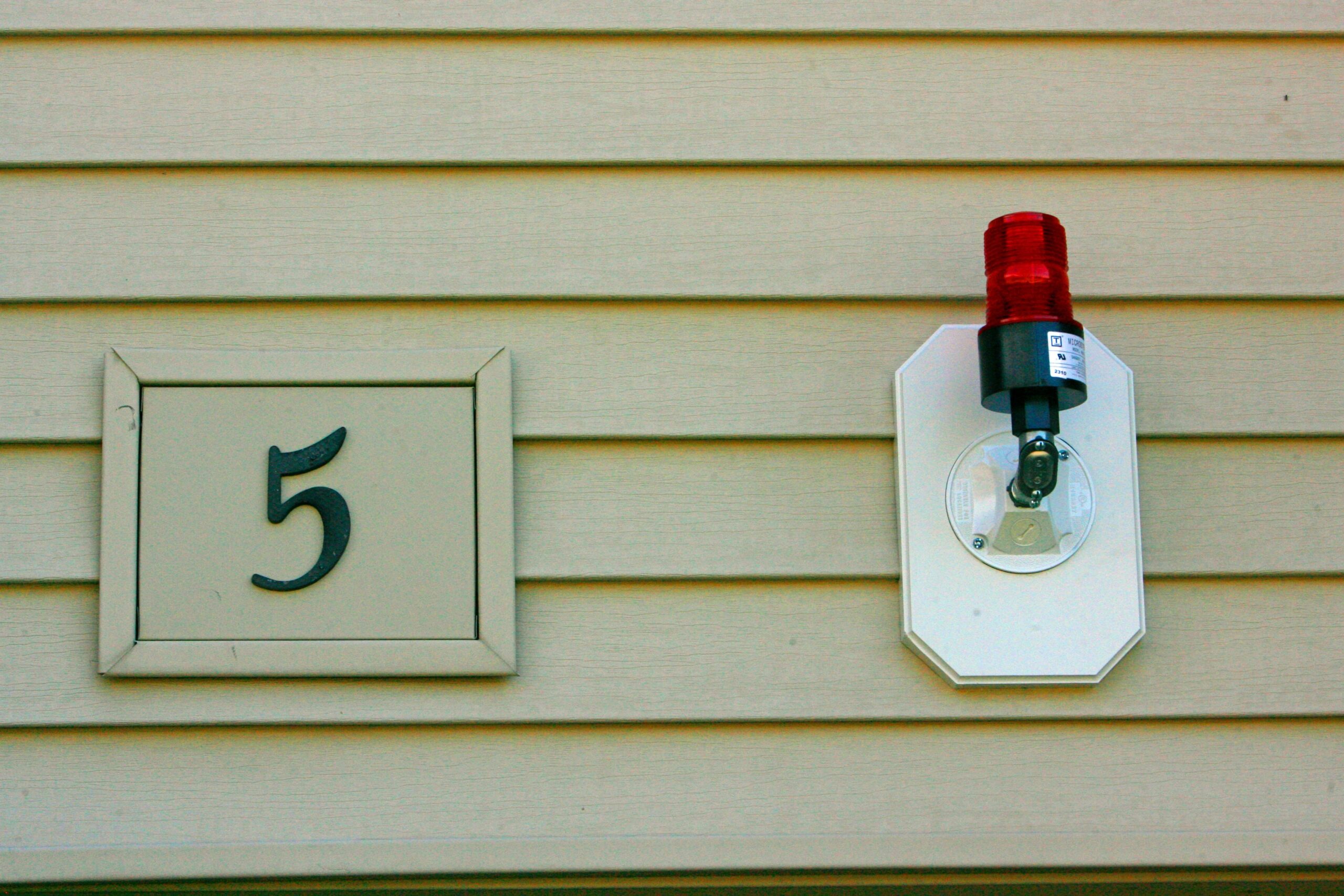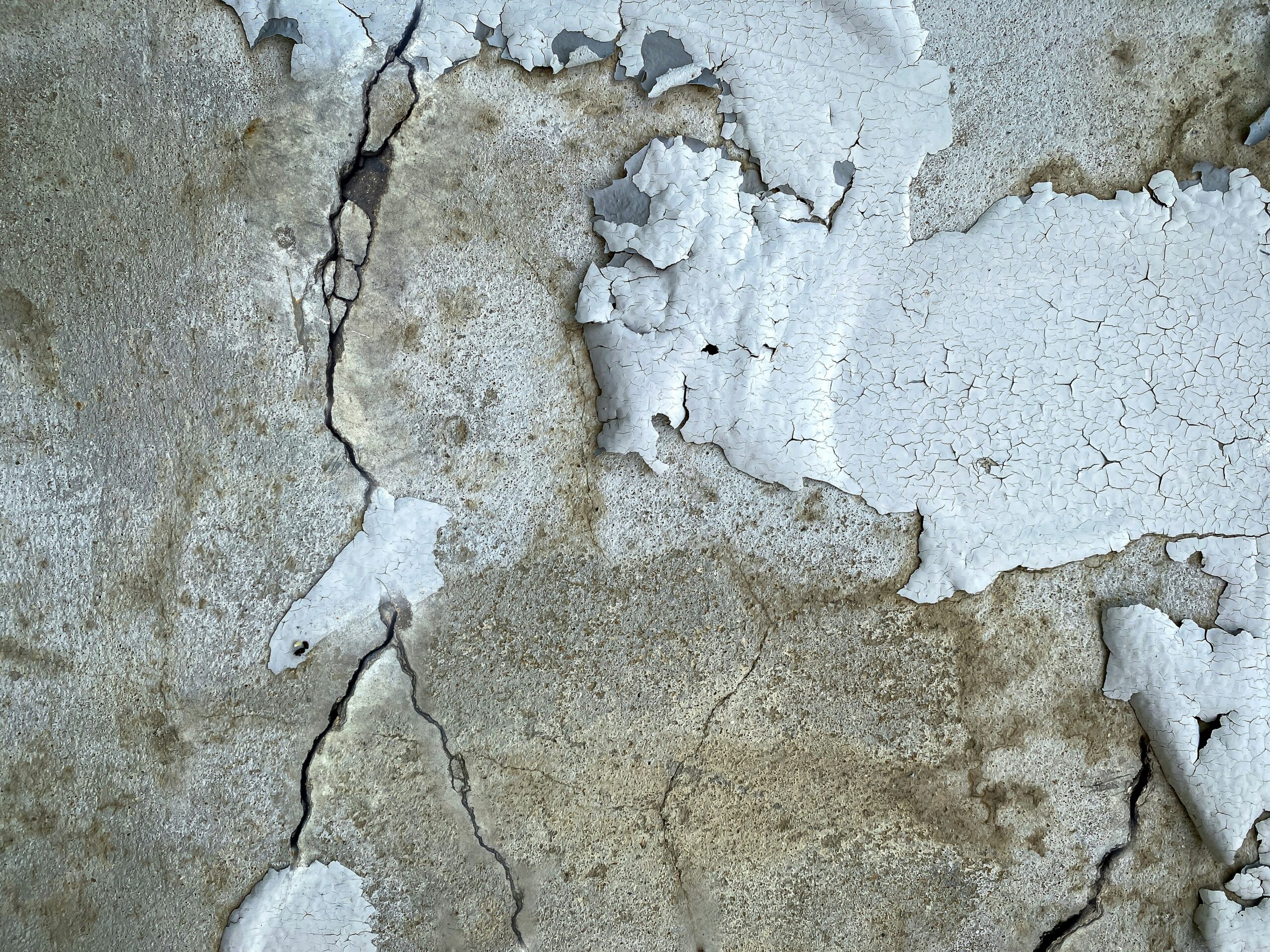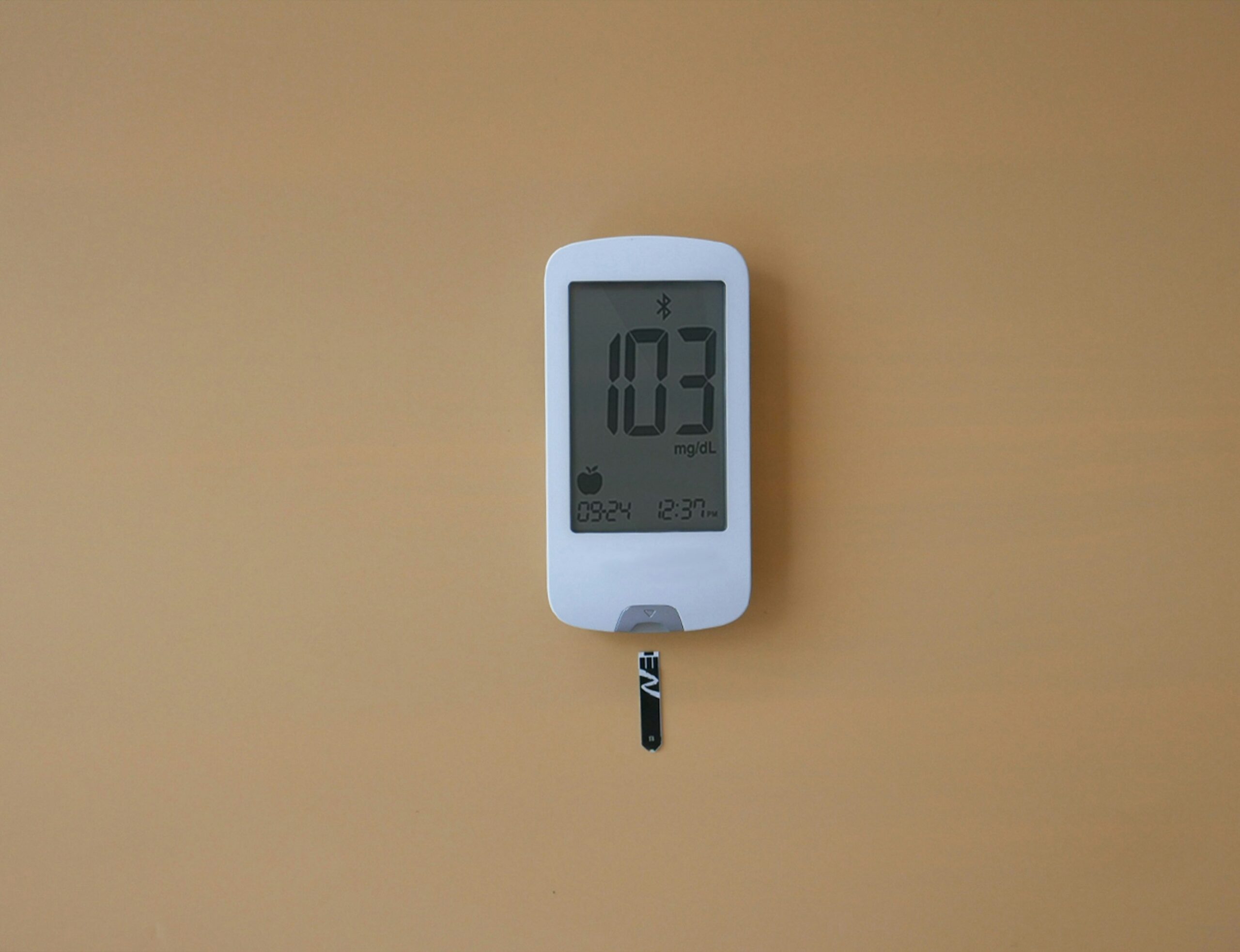Ever wondered why your walls smell like a damp basement, even after scrubbing them with bleach like it’s your cardio for the day? Spoiler: It might not be your cleaning skills. It could be *humidity*. High humidity levels are mold’s best friend, and they’re out to ruin your walls faster than you can say, “Why is my insurance premium skyrocketing?” If this hits close to home (literally), you’ve come to the right place.
In this post, we’ll dive into how humidity monitoring tools can save your house from becoming a petri dish for mold—and potentially your wallet from the wrath of sky-high mold insurance claims. By the end, you’ll know:
- What causes mold and why humidity matters
- Top humidity monitoring tools to consider
- Tips to prevent mold using actionable strategies
- A terrible tip that makes us want to throw our laptops across the room
Table of Contents
- Key Takeaways
- Why Humidity = Mold Magnet
- The Ultimate Guide to Humidity Monitoring Tools
- Proactive Steps to Prevent Mold Growth
- Real-Life Horror Stories (and Triumphs)
- Frequently Asked Questions
Key Takeaways
- Mold thrives in humid environments; controlling indoor humidity is crucial.
- HVAC systems alone aren’t enough—humidity monitoring tools give precision control.
- Smart humidity monitors offer real-time alerts and integrate with smart home devices.
- Ignoring mold prevention can void your mold insurance coverage—yikes!
Why Is Humidity Such a Mold Magnet?

Picture this: I once left my gym bag stashed away in a closet over winter break. When I came back, it wasn’t just clothes inside—it was an avant-garde art exhibit of green fuzz. That was *my fault* because I ignored the dampness and humidity lingering around those forgotten sneakers. And guess what? Homes are no different.
High humidity levels (above 60%) create ideal breeding grounds for mold spores. These tiny fungi feed on organic materials like drywall, wood, and fabric. Worse yet, prolonged exposure to mold isn’t just bad for your Instagram-worthy interiors—it’s also hazardous to your health, leading to allergies, breathing issues, and higher medical bills.
Optimist You: “If I just clean regularly, everything will stay fresh!”
Grumpy Me: “Ugh, sure—but only if you’ve got a spare hour every day AND a NASA-grade air filtration system.”
The Ultimate Guide to Humidity Monitoring Tools

If your battle against mold feels like fighting Thanos without the Infinity Gauntlet, then humidity monitoring tools might as well be the missing stone. Let’s explore the options:
1. Analog Hygrometers
These old-school gadgets look retro-cool but lack accuracy compared to modern alternatives. They’re better suited for aesthetic purposes than hardcore mold prevention.
2. Digital Hygrometers
Digital models provide precise readings within ±2% accuracy. Some popular picks include:
- ThermoPro TP55: Budget-friendly and reliable.
- AcuRite 00613: Tracks temperature and humidity trends.
3. Smart Humidity Monitors
This is where tech lovers rejoice! Devices like the Awair Element sync with apps to send notifications when humidity crosses thresholds, giving you time to act before chaos unfolds. Plus, they play nice with smart thermostats and dehumidifiers—chef’s kiss for automation nerds.
Proactive Steps to Prevent Mold Growth

Armed with your shiny new tool, here’s how you turn the tide on mold:
- Invest in Dehumidifiers: Keep indoor humidity below 50%. Pair these with exhaust fans in bathrooms and kitchens.
- Prioritize Ventilation: Open windows regularly to let moisture escape—think of it as fanning yourself during summer heatwaves.
- Check Hidden Spots: Crawl spaces, basements, and attics love playing host to hidden humidity hotspots.
- (Bad Tip Alert): Buy cheap products online without checking reviews or specifications. We all know someone who ended up with inaccurate readings from bargain-bin sensors.*
Real-Life Horror Stories (and Triumphs)
Meet Sarah, whose $15,000 mold remediation bill made her rethink skipping renters’ mold insurance. Or Joe, who avoided disaster by pairing his Ecobee thermostat with a smart hygrometer. Real stories remind us: Prevention truly pays off.
Frequently Asked Questions
Are Humidity Monitors Worth It?
Absolutely. Think of them as personal trainers for your air quality—they keep things in check before problems spiral.
Can Mold Insurance Cover Remediation Costs?
Yes—but only if mold growth stems from covered perils like water leaks, not neglect.
Do Cheap Humidity Sensors Work Well?
They’re okay for casual use but unreliable for mold prevention. Spend wisely!
Conclusion
Nobody wants their dream home turning into a horror movie set thanks to uncontrolled humidity. With the right humidity monitoring tools, proactive steps, and some common sense, you can kick mold to the curb while protecting both your health and finances. Now go forth and fight humidity like the hero your home deserves.
Like a Tamagotchi, your air quality needs daily care. So set reminders, check those stats, and breathe easy.


